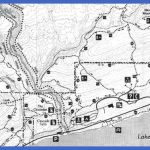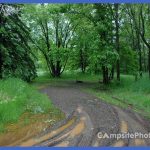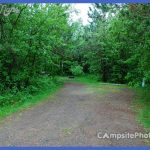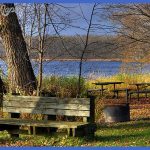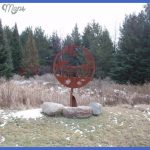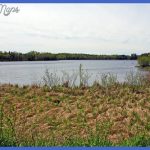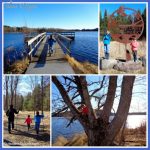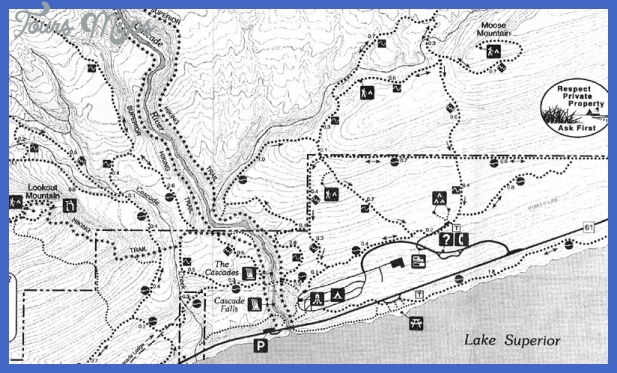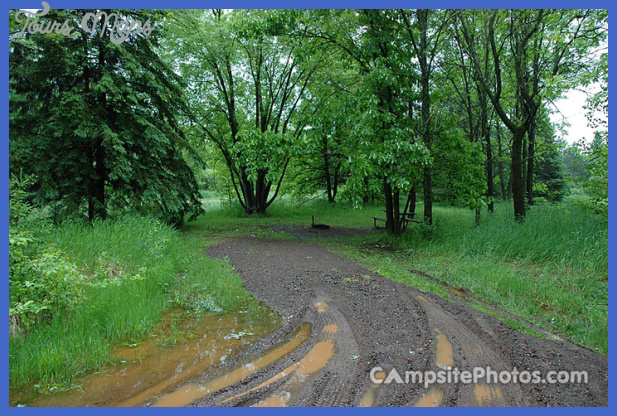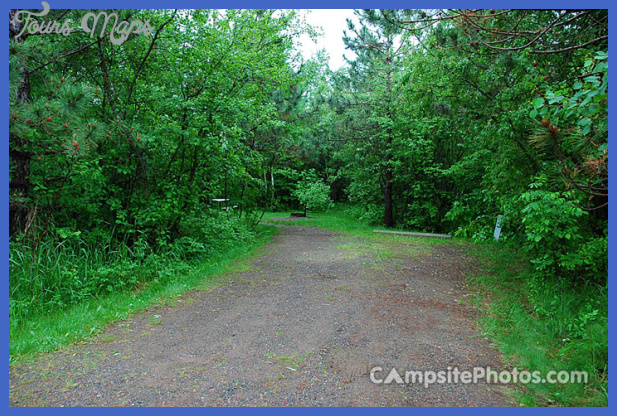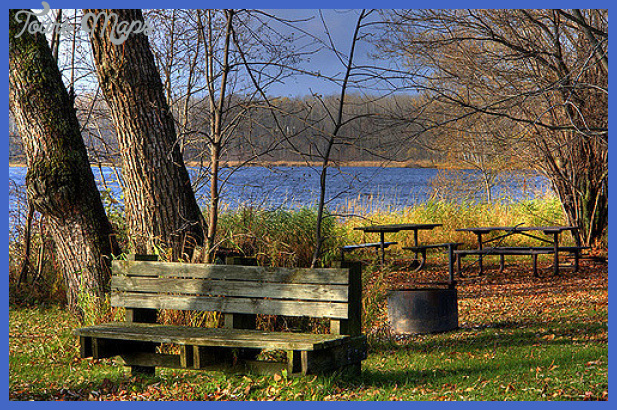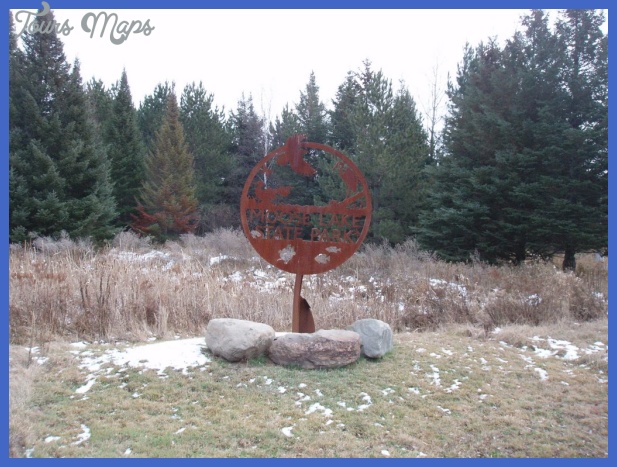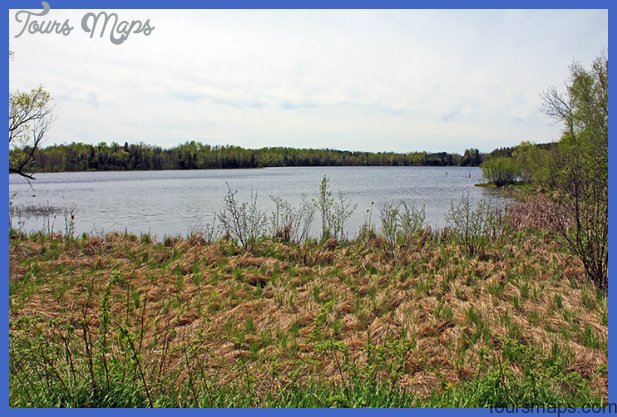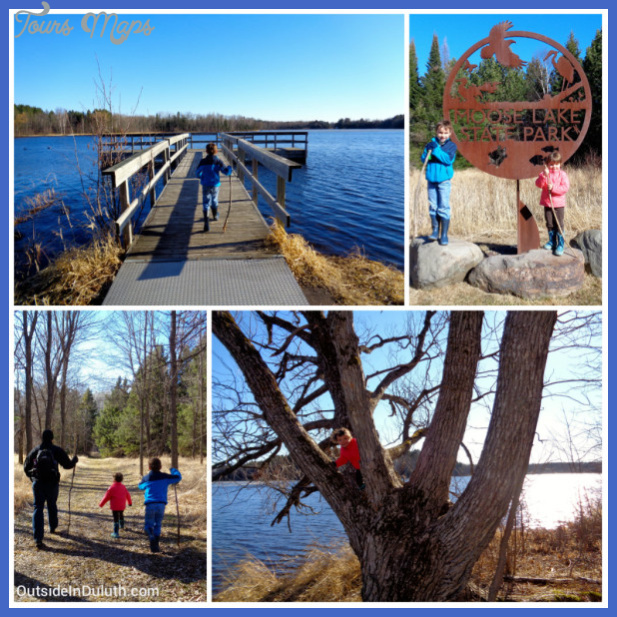DNR Moose Lake State Park map. USGS quad: Hanging Horn Lake. A Minnesota State Park permit is required.
From I-35 take the Moose Lake exit for Minnesota State Road 73. Go east on Minnesota State Road 73 for about 0.4 miles to the park entrance.
Moose Lake State Park was established in 1971 on land originally known as the Moose Lake State Hospital farm. It lies in an area of the state covered with glacial till and outwash deposited about 10,000 years ago. The old growth white and red pines that once covered this area have been logged. In an effort to recreate the original forest, the DNR has planted pine and spruce in some of the fields of abandoned farms. Stands of mature aspen mixed with basswood, birch, and maple cover other parts of the park.
The mix of forest types, some still-open, grassy fields, and the two lakes and two wildlife ponds that are within or border the park provide for a variety of wildlife. Northern pike, walleyed pike, largemouth bass, and panfish populate the lakes and ponds. A pair of Osprey, which feed almost exclusively on fish, nest in the park. You can see the nest in the top of a dead conifer standing in the water on the west side of the largest wildlife pond. Take your binoculars with you on this hike and spend some time watching the Ospreys. The day I hiked the Rolling Hills Trail one was sitting in the nest while the other perched in a nearby tree.
Ospreys
Ospreys typically build large stick nests in the tops of dead trees standing near or in water. They have also made nests on power line support structures and artificial stands built to encourage Osprey nesting. Each
year nesting pairs add new material to already existing nests, which can grow to be more them nine feet deep.
Research biologists Michael Barker and Sergei Postupalsky discovered that other birds will build their nests in or beneath occupied Osprey nests in the Great Lakes region. They found Common Grackles, Tree Swallows, European Starlings, and House Sparrows nesting in the large nests. A Northern Flicker nested in a hole in the tree beneath one nest, and a Bam Swallow in a concrete building that was part of the support structure for another nest.
The term protective nesting refers to the practice of weaker species nesting in or around the nests of birds of prey or other, more aggressive, species. The smaller birds probably benefit from less risk of predation, because Ospreys fiercely defend their own nests against crows, other raptors, and mammals. Ospreys benefit from this close association by having extra pairs of eyes on the alert for potential predators.
Moose Lake State Park Map Photo Gallery
Maybe You Like Them Too
- Arnold A Town with a Heart
- The Best Cities To Visit in The World
- World’s 10 Best Places To Visit
- Map of New York City – New York City Guide And Statistics
- Map of San Francisco – San Francisco Map Free

